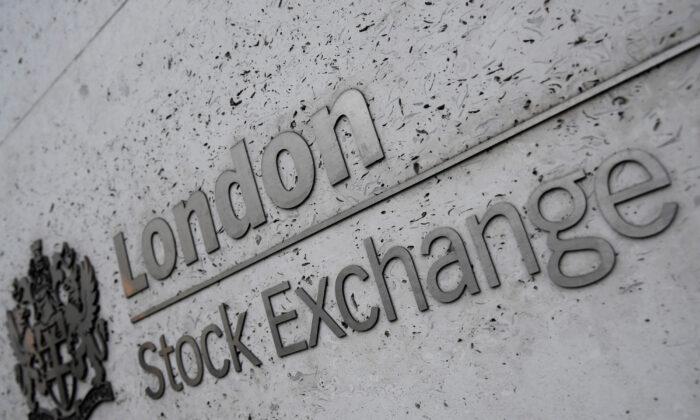LONDON—World markets stayed focused on rising inflation on Thursday as tech stocks rebooted global equities, oil and gas prices fired up again but the dollar and benchmark government bond yields both stalled.
Record high Chinese factory gate inflation data overnight following stronger-than-expected U.S. CPI figures on Wednesday meant the price pressure theme was very much alive but the reaction from traders was looking more nuanced.
The dollar, which has been driven to a more than 1-year high this week by growing bets on a U.S. interest rate rise in 2022, eased for a second day in a row along with the 10-year U.S. treasury yield which tends to drive global borrowing costs.
Europe’s STOXX 600 index also climbed to its highest point of the month as investors there put aside recent caution. Wall Street futures added 0.5 percent too ahead of more inflation data and big bank earnings later.
“Our take is central banks are going to look through the inflationary effects of energy prices,” said Kiran Ganesh, head of multi asset at UBS Global Wealth Management.
“Individual (central bank) governors are sounding a bit more cautious but we are not going to see substantial rate hikes,” Ganesh added, predicting that it wouldn’t end up morphing into stagflation— high inflation and stagnant growth—either.
MSCI’s main index of Asian shares had gained 0.6 percent in its fifth rise in six session overnight too. Japan’s Nikkei climbed 1.4 percent although China’s property company shares had suffered more losses in Shanghai as the Evergrande crisis continued to rumble.
The FX and commodity markets were sending some mixed signals. Gold, often seen as a hedge against rising inflation, steadied after enjoying its best session in seven months on Wednesday.
Oil bulls pushed Brent crude back towards $85 a barrel. Natural gas climbed 2 percent having already soared more than 150 percent this year driving the spike in global energy prices. Bitcoin, also sometimes vaunted as an inflation hedge, rose to a five-month high of $58,550.
The dollar also pulled back to a nine-day low, allowing the likes of the euro, British pound, Australian and New Zealand dollars to all get back up.
Expectations that the U.S. Federal Reserve would tighten U.S. monetary policy more quickly than previously expected saw the greenback hit a more-than year high on Tuesday but it is now down for October.
U.S. initial jobless claims and producer price inflation data are both due later in the day. Earnings reports are also scheduled from big name U.S. banks including Bank of America, Wells Fargo, Morgan Stanley, and Citi.
“It seems to be a classic case of buy the rumour sell the fact type mentality,” said Neil Jones, head of FX sales at Mizuho. “The Fed confirmed the expectations of many investors, I would suggest, holding long dollar positions.”





